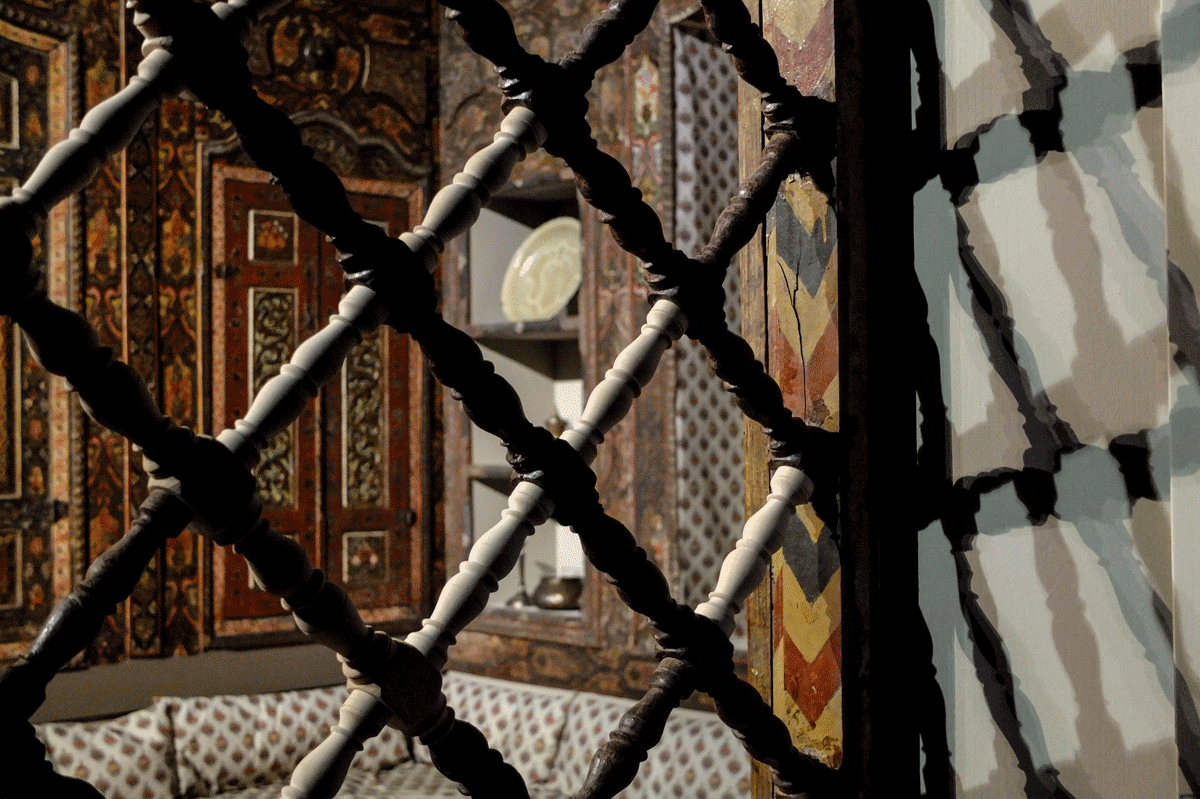The Damascus Room and the Staging of the ‚Oriental Other‘ in the Dresden State Art Collections
How the ‚Damascus Room‘ came to Dresden The so-called Damascus Room, exhibited in the Ethnological Museum of Dresden (Germany), was bought in 1899 by Karl Ernst Osthaus, the founder of the Museum Folkwang, now in Essen (Germany), after one of his journeys. Osthaus was one of the most important German art patrons and art collectors…
Constructing the ‚Self‘ and the ‚Other‘
Museums are spaces within which the outside world is presented. These representations are productions of the other or foreign in so far as we imagine, with the help of the exhibited, what the temporally or spatially distant looks or has looked like. According to the way these representations are arranged and commented on, one can distinguish between different cultures of museums. Throughout the different epochs of time, museums have always been powerful instruments for the subjugation of other ‚cultures‘ by making the exhibited cultures manageable, so to speak, and thus establishing a certain view of them.
Museums prepare presentations of the unknown and foreign and also record such presentations. Since museums are also spaces of tourist practices, museums also have a significance within tourism research.
The short essays presented here in a stepwise progression address questions that are also important for tourism research, as they follow on from the questions posed therein, e.g:
What motives and expectations do tourists have when visiting foreign museums/countries? What impression do they have of the everyday life of the presented practises/their hosts? How do the presented/host societies change their cultural and social environment in order to meet the tourists‘ view with all its preconceived ideas, wishes, fears etc.? How do tourist excursions and especially the experiences of tourists change and influence the tourists‘ view? How important is tourism for the creation of new and/or the restoration of apparently old customs, art forms, mentalities and parts of the material culture, which often appears as „(re)invention of traditions“?
